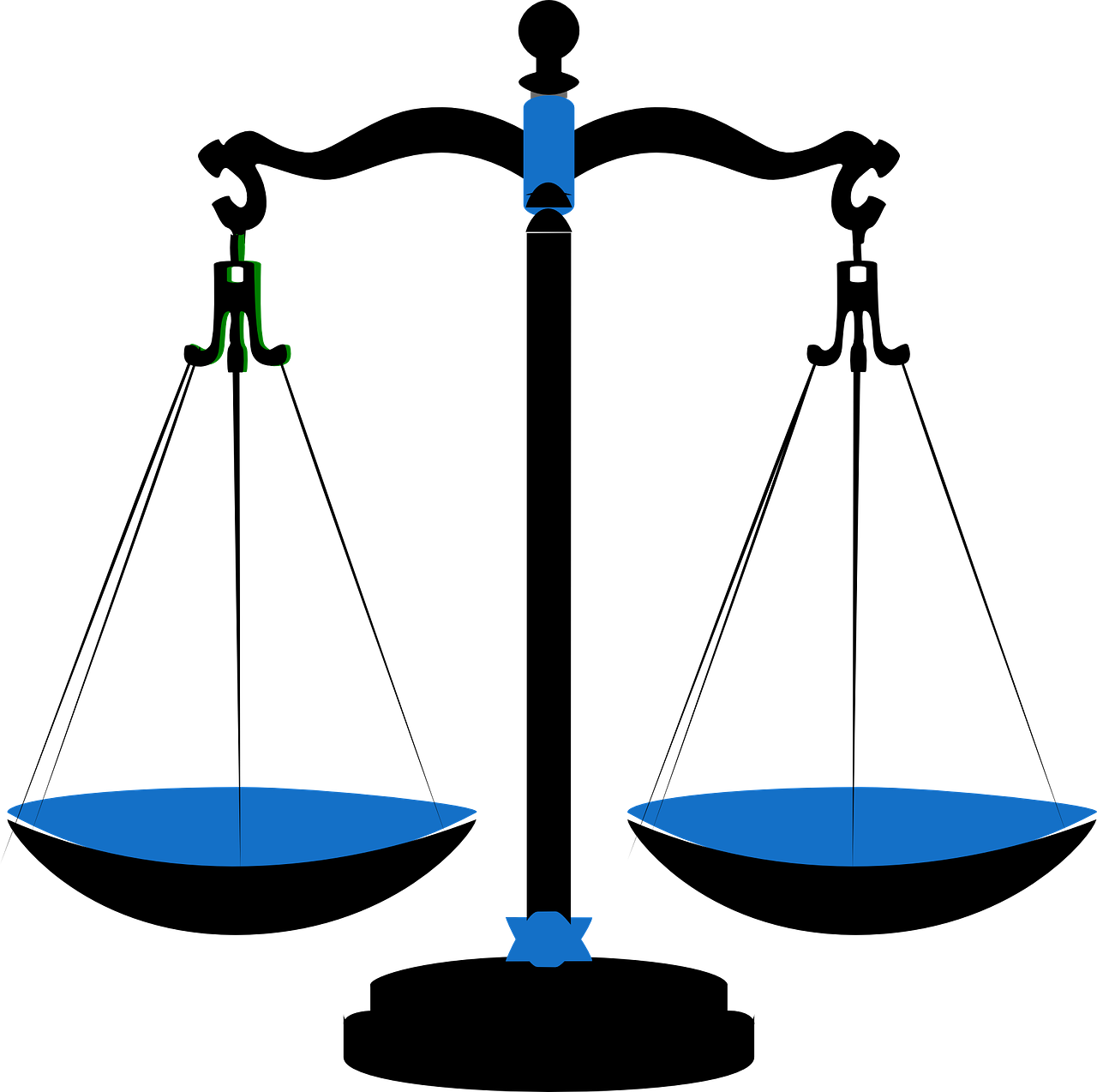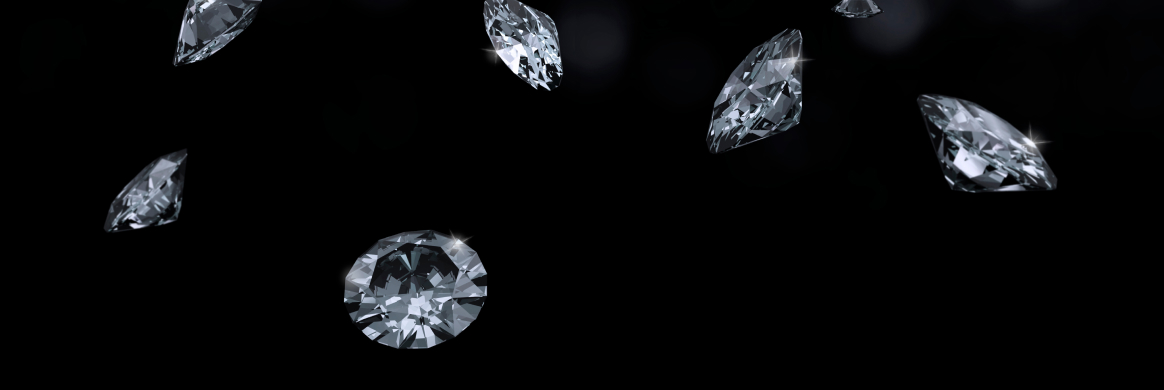Yes, we do sell high-quality lab-grown diamonds at WHITES DIAMONDS. We have a large assortment of loose diamonds, both natural and lab-created.

Beauty



Is It Possible to Tell the Difference Between Lab-Grown and Natural Diamonds?
Is the price of lab-grown diamonds different from that of natural diamonds?
Is it possible to purchase loose lab-grown diamonds from DIAMOND STUDIO?
Are diamonds created in laboratories flawless?
Are lab-grown diamonds less expensive than real diamonds?
How do I determine the quality of a lab-grown diamond?
Is it wise to invest in lab-grown diamonds?
Is there any value to laboratory diamonds?
Because lab-grown diamonds are not mined, they are not included in the Kimberley Process. Lab diamonds are regarded as one of the most recent possibilities for ethical jewels.